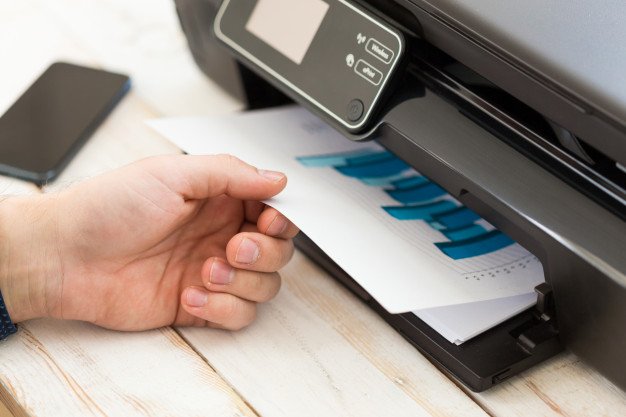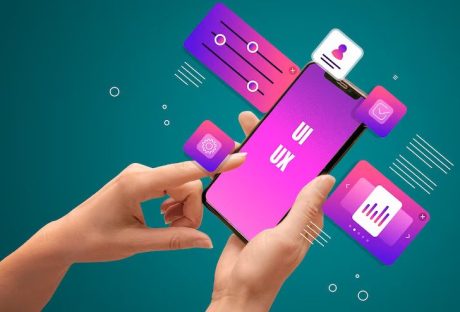Printing in the office can be a headache for IT professionals. Problems such as server errors and employee access issues would arise. And more often than not, it leads to the IT professionals devoting more time to fix the problem, which then drives the company to incur more expenses.
Employees would sometimes forget the password to the printers around the office, making them rely on one printer only, which makes it a very inefficient process, hindering productivity at work.
In other cases, people in the office would forget to refill the paper and ink cartridges. It then leads to more wasted time trying to source paper and ink around the office or looking for a functional printer.
How Do We Fix This?
The solution to this fiasco is installing a Print Server for the office that the entire company can benefit from. It creates an optimal workplace with no speed bumps, such as printing problems, to hinder workplace productivity.
Instead of having to constantly remember different passwords and fumbling around with individual printers, have it all consolidated on a server that can manage all devices connected to it, ensuring a hassle-free printing experience. Take the first step to peak productivity by learning more about the print server.
Printing in the office is more accessible by installing a Print Server with its easy user interface. It reduces employee confusion which in turn can make them focus more on their work. By installing a print server, you can strategize and make more plans for your business instead of worrying about how to get different computers to print from different printers.
Print servers also analyze how different printers around the office use much paper and ink. It can reduce costs for the company by giving data on how much ink and paper are needed for each printer, promoting peak efficiency.
A Print Server can also perform common tasks which means that employees can focus on other things, such as achieving corporate goals, instead of being inefficient by focusing on the mundane.
What Makes RPM the Best Option for You?
Remote Print Manager is focused on peak productivity in the office and reducing expenses for the company. Unlike other print servers that simply register printers on computers, RPM will consolidate user information and generate insights that the organization can use for its benefit.
By monitoring the usage of printers across the office, RPM can help the company maintain printers making it ready for the employees to use.
RPM can also perform mundane digital or paper-based tasks so that employees can focus on bigger tasks. RPM also supports multiple data formats and can convert them into other file types. It provides a simple user interface that can get employees to accomplish their printing tasks swiftly.
RPM provides the print server technology you need to improve workplace efficiency. It redefines what print servers are meant to be by providing an all-round way to maximize productivity in the office by reducing printing issues and generating insights regarding usage to reduce company expenses.
Read Also:





















